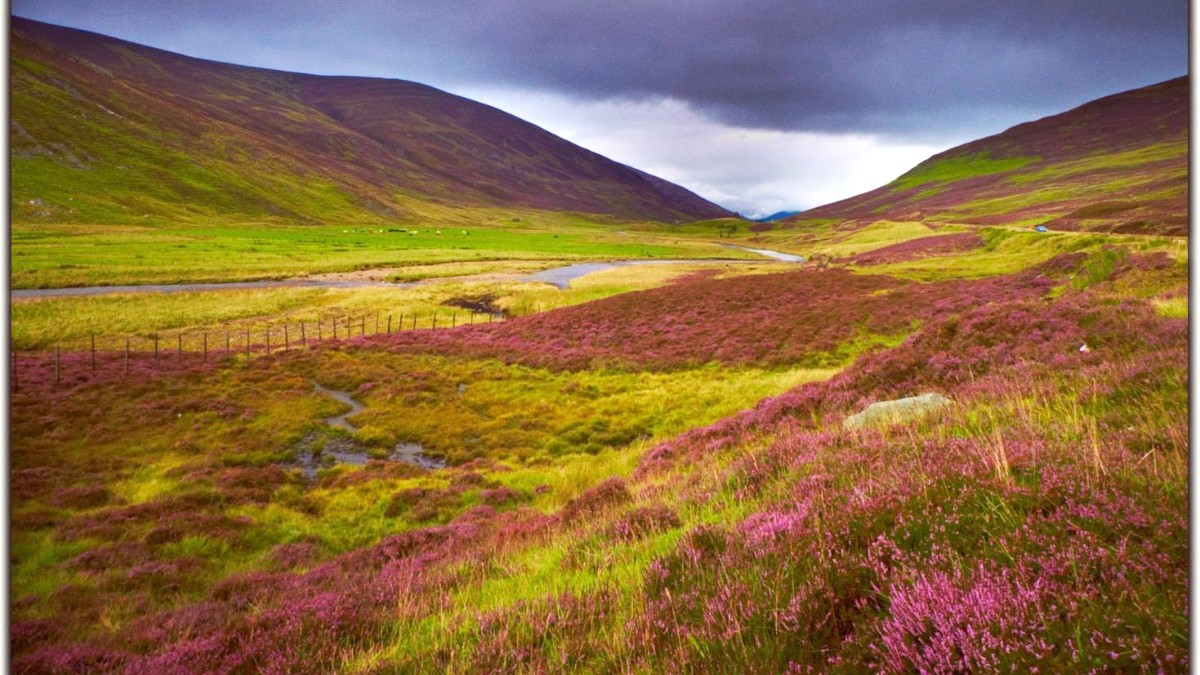
Highlands And Northern Islands, Scotland
This island chain stretches about 210 kilometers (130 miles) from the Butt of Lewis in the north to Barra Head in the south. The Outer Hebrides are part of Scotland's historic Highlands and Islands region.
The main inhabited islands include Lewis and Harris, which share a physical landmass but are traditionally regarded as two distinct areas.
Further south, you find North Uist, Benbecula, South Uist, and Barra. These islands feature diverse landscapes. The western and northern parts feature predominantly low-lying moorland. In contrast, the eastern side of Harris presents rugged mountains and a deeply indented coastline.
Archaeological sites across the islands illustrate early societies. For example, the Callanish Standing Stones on Lewis, dating to the Neolithic period (around 4000-2500 BC), demonstrate advanced organization and spiritual practices. These megalithic structures offer a direct link to the islands' ancient inhabitants.
Norse (Viking) settlements profoundly shaped the islands from the 9th to the 13th centuries. During this period, the Outer Hebrides became part of the Kingdom of Mann and the Isles, reflecting strong Scandinavian connections. Despite this Norse influence, Gaelic culture and language maintained deep roots. The clan system governed local affairs for centuries, with powerful families like the MacLeods and MacDonalds defining the social and economic landscape.
Callanish Standing Stones built (4000-2500 BC)
Islands part of Kingdom of Mann and the Isles (9th-13th centuries)
MacLeods and MacDonalds shaped society for centuries
Widespread forced emigration occurred (18th-19th centuries)
Naval bases and airfields established during World Wars
Crofting, a distinctive form of land tenure and small-scale farming, remains important to the islands' social and economic fabric.
The Outer Hebrides are a Gaelic heartland. Look for bilingual signs and listen for the language spoken by locals.
The islands' strategic location in the Atlantic meant they played a role during both World Wars. Naval bases and airfields underscoring their importance for maritime defense.
The Outer Hebrides are a Gaelic heartland. Learning a few Gaelic phrases shows respect for this culture.